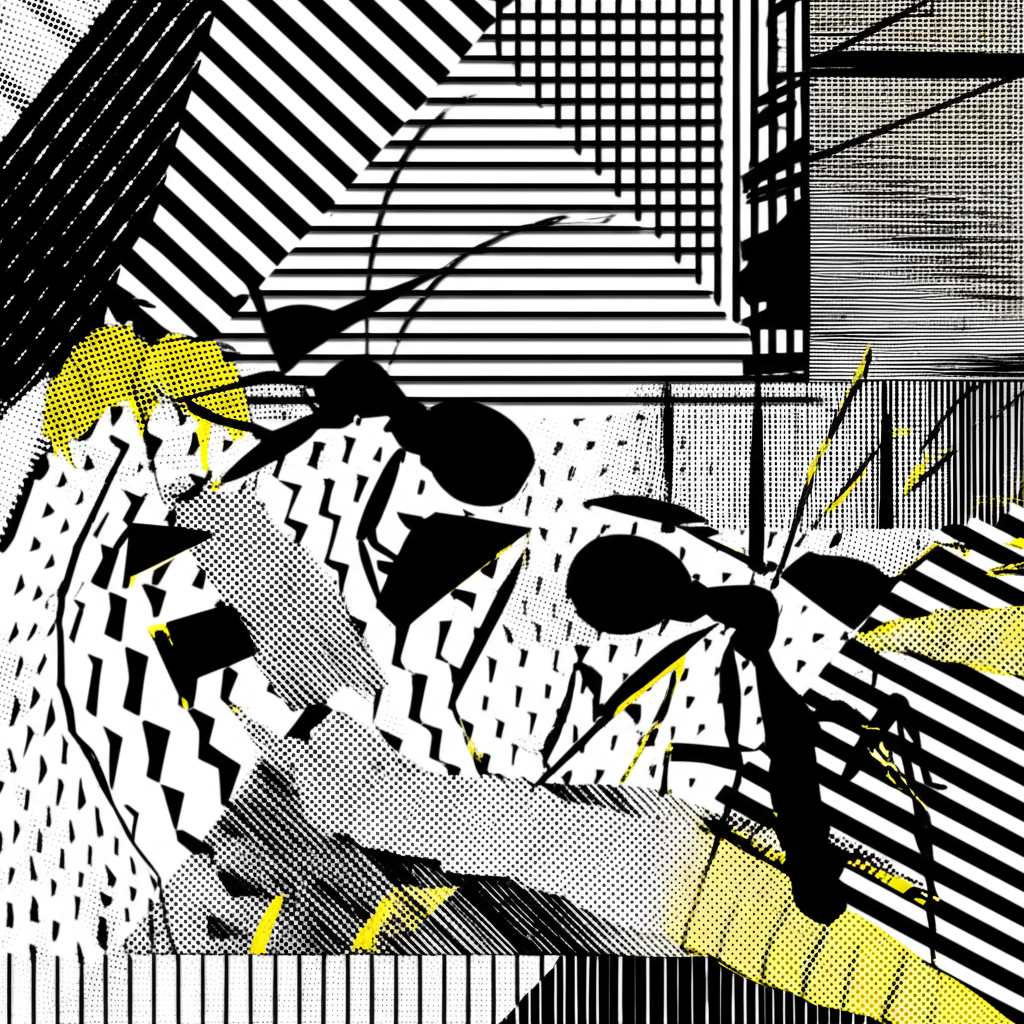The Fungal Puppeteer: Inside the World of Real-Life Zombie Ants
The Ophiocordyceps fungus infects carpenter ants, controlling their bodies to find an ideal location for spore dispersal. After a final "death grip," the fungus consumes the host and erupts from its head, a chillingly precise cycle of parasitic replication.

In the lush, humid depths of tropical forests, a drama unfolds that blurs the line between biology and horror fiction. It’s a story of mind control, gruesome transformation, and parasitic precision. The protagonist is an unsuspecting carpenter ant, but the master puppeteer is a fungus known as Ophiocordyceps unilateralis. Long before it inspired apocalyptic video games and television shows like "The Last of Us," this organism perfected the art of turning its hosts into mindless vehicles for its own reproduction, creating what are aptly known as "zombie ants."
The Invasion Begins
The process starts with a single microscopic spore. Landing on an unsuspecting ant, the spore adheres to its exoskeleton and begins to germinate, chemically boring its way through the tough outer layer. Once inside, it’s no longer a simple spore but a burgeoning network of fungal cells that begin to proliferate throughout the ant's body. These cells, known as mycelia, multiply and spread, replacing soft tissue and intertwining with the host's muscle fibers. For days, the ant appears to behave normally, returning to its colony, masking the insidious invasion taking place within.
A Puppet, Not a Possession
A common misconception, fueled by its fictional counterparts, is that the fungus invades and controls the ant's brain. However, research has revealed a far more intricate, and arguably more chilling, reality. A 2017 study published in the Proceedings of the National Academy of Sciences (PNAS) used advanced 3D imaging to show that the fungal cells form a comprehensive, interconnected network throughout the ant's body, surrounding muscle fibers and the central nervous system. Crucially, the fungus leaves the brain itself intact. The ant is a prisoner in its own body. The fungus doesn't take over the driver's seat; it severs the connection between the driver and the vehicle's controls, hot-wiring the muscles directly to do its bidding. This distinction is key: the ant is a helpless passenger, not a brainwashed convert.
The Final, Fatal Climb
As the fungal network reaches critical mass, it compels the ant to abandon its colony and the safety of its normal foraging routes. Driven by a force it cannot resist, the ant begins to climb. It ascends the stem of a plant to a very specific height—typically around 25 centimeters—where the temperature and humidity are optimal for fungal growth. Once it reaches this designated spot, the fungus induces a final, convulsive act. The ant clamps its mandibles onto the underside of a leaf or twig in a "death grip," a bite so powerful it remains locked even after the host dies. This strategic location ensures the fungus has a stable, elevated platform from which to complete its life cycle.
Life After Death
With the ant immobilized, the fungus delivers the coup de grâce. It finishes consuming the ant’s internal organs for nutrients and begins its final, visible transformation. A long stalk, the fruiting body, erupts from the back of the deceased ant’s head. Over the next few days, this stalk matures, eventually developing a capsule at its tip. When the time is right, the capsule ruptures, releasing a shower of fresh spores onto the forest floor below. From its high perch, the fungus can maximize its dispersal, infecting other foraging ants that pass underneath, starting the macabre cycle all over again.
An Ecological Masterpiece
While gruesome, the zombie ant phenomenon is a masterclass in evolutionary strategy. The fungus has co-evolved with its host for millions of years, honing a method of reproduction that is both terrifyingly complex and brutally efficient. It serves as a powerful form of natural population control, preventing any single ant colony from becoming too dominant in its ecosystem. It is a stark reminder that in nature, the line between life, death, and unwilling servitude can be horrifyingly thin.
Sources
- MedlinePlus: Are fingerprints determined by genetics?
- Science World: Can You Change Your Fingerprints?
- NIST: A Lasting Impression: The Science of Fingerprints
- National Geographic: How a 'Zombie' Fungus Takes Over an Ant's Body to Control Its Mind
- Penn State University: Zombie-ant fungus takes over ants' bodies but not their brains, study finds
- PNAS: Three-dimensional visualization and a deep-learning model reveal complex fungal networks in behaviorally manipulated ants

 in
in